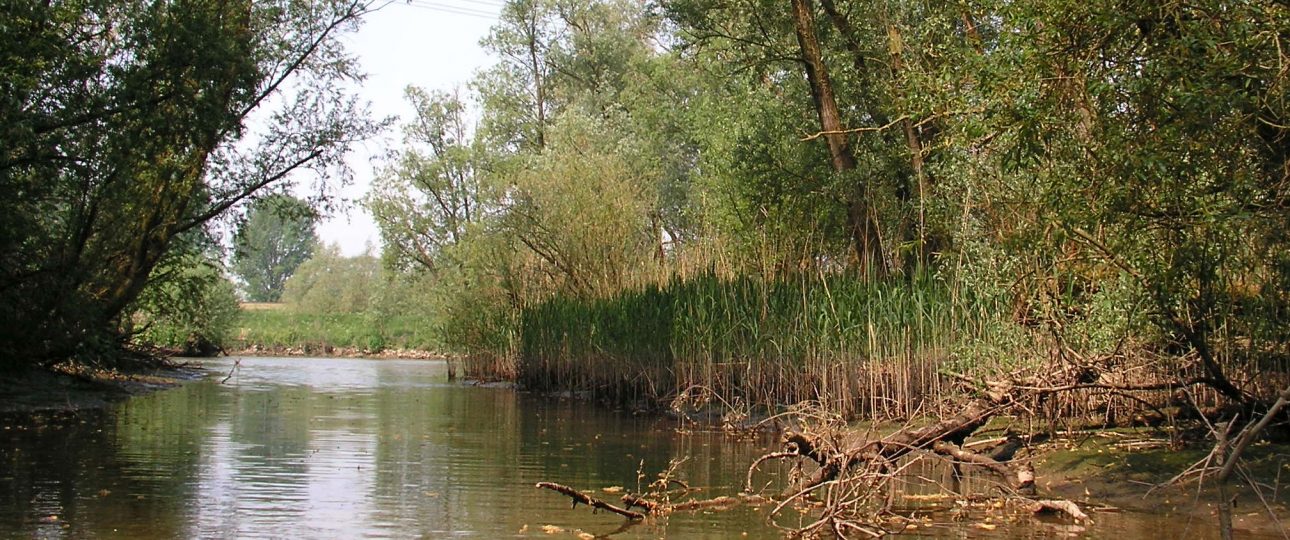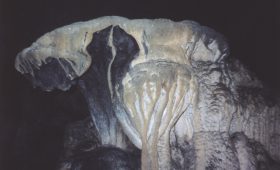De Biesbosch National Park: A Unique Natural Experience in the Netherlands
What Makes De Biesbosch National Park Special?
De Biesbosch National Park offers a unique natural experience in the Netherlands. It is one of the largest freshwater tidal areas in Europe, featuring a complex ecosystem that supports a wide variety of plant and animal life. The park is characterized by a network of rivers, creeks, and islands, creating a labyrinth of waterways ideal for exploration. Birdwatchers will find the park particularly appealing, as it is home to numerous bird species.
Best Time to Visit
Visit De Biesbosch National Park from April to September for the best experience. During these months, the park is alive with the vibrant colors of blooming flowers and trees. However, be aware that weekends and public holidays can be busy. For a quieter visit, plan your trip on a weekday.
How to Get There
Reaching De Biesbosch National Park is straightforward, especially from major cities like Amsterdam or Rotterdam. Here are some options:
- By Car: The park is accessible by car, with parking available near the main entrances.
- By Public Transportation: Take a train to Dordrecht or Breda. From Dordrecht, you can use bus line 4 or the Biesbus line 801, which requires a reservation. From Breda, take bus 123 to “Gemeentehuis Maden” and transfer to line 224 to reach Drimmelen.
Local Transportation
Once at De Biesbosch, explore the area through various means:
- Boat Tours: Organized boat tours offer a guided experience through the park’s waterways, providing insights into its history and wildlife.
- Hiking and Biking: The park features numerous trails for hiking and biking. You can rent bikes at the Dordrecht visitors’ center or the Biesbosch museum. For a unique experience, consider renting a recumbent or electric bike.
- Canoeing: Canoeing is a popular way to navigate the park’s creeks and streams. Rent a canoe and obtain a water map from the visitors’ centers to ensure a safe journey.
Historical Context
The Biesbosch area has a rich history. Originally known as the Grote Hollandse Waard, it was a cultivated polder land until the 1421 St. Elizabeth flood submerged it. Over time, the area evolved into the network of creeks and willow forests seen today. The national park was officially established in 1994, preserving this unique ecosystem.
Visitor Tips
Start your visit at one of the two main visitors’ centers in Dordrecht or Drimmelen, or at the Biesbosch museum in Werkendam. These centers provide essential resources such as maps, guides, and rental options. Note that the park is mostly car-free, so plan to explore on foot, by bike, or by boat.
De Biesbosch National Park offers a distinct natural experience, perfect for those interested in exploring diverse ecosystems and enjoying outdoor activities. Plan your visit carefully to make the most of this unique destination.




